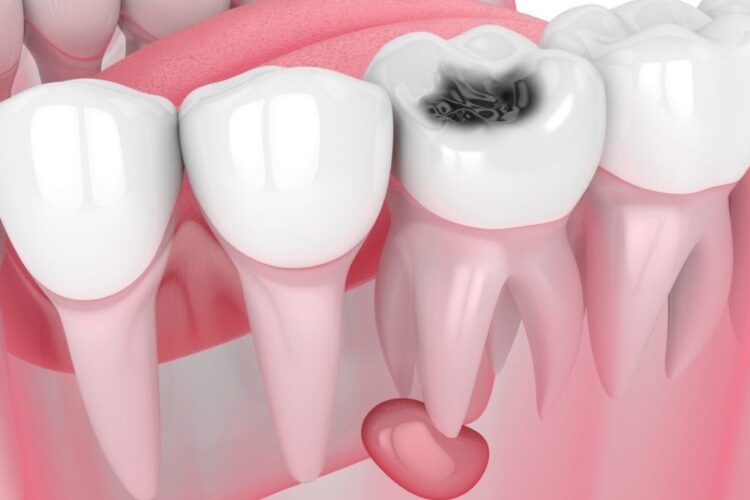Dental infection due to caries or trauma, especially involving the pulp, can be distressing due to painful symptoms. Root canal therapy is a common dental procedure to treat such infections. But, there could be instances when the treatment can fail. In such cases, your dentist may recommend a retreatment.
Our renowned dentist in Mitchell, SD, and their team offer state-of-the-art root canal retreatments, saving the tooth from extractions.
What is root canal retreatment?
Root canal retreatment is a repeat dental procedure that involves the removal of the previous crown and packing material, cleansing of the root canals, and re-packing and re-crowning of the tooth. It yields a success rate that ranges from around 70 to 75%.
Root canal retreatment is a better alternative than extractions, dental implants, and prosthetic bridges and is far less expensive. If you have good bone support, a solid surface, and healthy gums beneath, you can be an ideal candidate for root canal retreatment.
When is root canal retreatment required?
When a previous root canal therapy fails, your dentist may recommend a retreatment procedure that is fairly simple and completed in 1 to 3 visits.
Your root canal therapy can fail due to the following reasons:
- Cracked crown
- Leaking filling material
- Secondary caries beneath the crown
- Curved or narrow canals not treated during the previous procedure
- Delay in crown fabrication following root canal therapy
- Fracture in the treated tooth
- Increased moisture entering the restored structure
- Undetected complex canal structures
What does root canal retreatment require?
The root canal retreatment is a simple procedure, and the number of visits required for the treatment depends on the extent and severity of the infection and the complexity of the treatment.
The procedure is as follows:
- Your dentist will administer local anesthesia to numb the affected tooth
- A rubber dam will be used to isolate the tooth, which helps prevent moisture and bacteria
- Your dentist will begin by removing your customized crown and the post to gain access to the tooth
- An ultrasonic handpiece will be used to remove any filling or obstructions blocking the root canals
- Tiny instruments will be used to clean and reshape the root canal
- When the dentist is confident that the root canals are clean and there is no infection left, gutta-percha will be used to pack the space
- During the next visit, oral impressions will be taken for crown fabrication
- After about a week, your dentist will place your permanent crown using dental cement
Takeaway
The root canal retreatment procedure can be tedious, but it’s worth a try. Since it greatly reduces the need for extractions and other extensive dental procedures.

